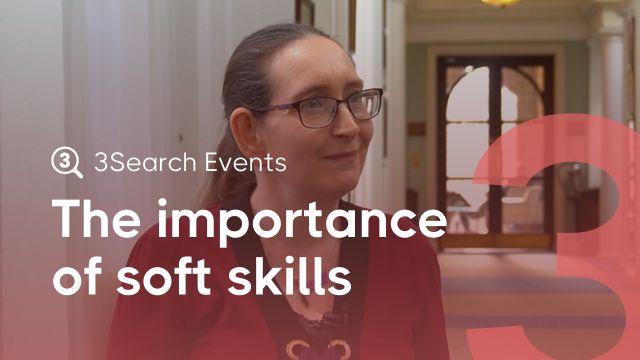Being able to deliver memorable presentations is one of the most in-demand skills today. Here’s three rules for making sure your audience pays attention.
95 per cent of all presentations suck. That’s according to Guy Kawasaki, possibly one of Silicon Valley’s best known marketing experts. Presentations are, he says, too long, too boring and too cluttered. The result? They are totally ineffective.
If you’re a bid or a pitch manager for your company, this really matters. If your audience cannot remember what you’ve told them when you sit down, let alone the next day when they meet to choose a winning pitch you’re in trouble.
Our clients, especially in London’s hyper competitive professional and financial services sectors, tell us that the ability to deliver highly memorable presentations is one of the top skills they are looking for when they hire.
Today, fuelled by the success of TED talks – the highly successful programme of short talks by notable people and academics available to view online – the expectations of presentation audiences has drastically increased. To be memorable, it is no longer possible simply to piece together and speak to a PowerPoint deck. How to give memorable pitches though? Try these three rules.
The 10-20-30 rule
There is nothing worse than sitting in a hot, windowless conference room squinting at a projector screen and wondering if the speaker will ever release you from the torture.
Those soul-destroying days could be over if we all followed the 10-20-30 rule: no slide-deck should contain more than ten slides, last more than 20 minutes or contain fonts any smaller than a 30-point size.
The most critical part of the rule is to keep it short. Great speechmakers know this rule. The most memorable political speeches in history were sub 20 minutes: JFK inspired the world to look to the stars in just 15, Martin Luther King Jr ignited a campaign for racial equality in only 17, and President Obama took just 18 to deliver one of the most memorable inauguration addresses of all time.
There is a reason the world famous TED talks are limited to 18 minutes. No audience will ever maintain full attention for more than 20 minutes. In Talk Like TED, author Carmine Gallo writes: ‘Speaking for too long results in “cognitive backlog” which, like piling on weights, makes the mental load on your audience heavier and heavier until they forget everything you have said’.
Ditch the words in favour of visually intriguing slides
We’ve all sat through one of those presentations that includes 64 slides of organisational charts and systems diagrams in such tiny font that our eyes hurt from straining at the screen (yes, we’re looking at you IT departments!). Do you actually remember anything from the last presentation you sat through like that?
Consider this: when astronaut Chris Hadfield delivered his highly memorable TED talk on facing one’s fears in 2014, he only used five words in his entire presentation. The technique is known as picture superiority. Simply, images are far more compelling than text on slides.
Remember: your slides are only there to support what you are saying. Do not use PowerPoint as a teleprompter. There is a huge wealth of evidence now that when concepts are presented as images instead of words, audiences are far more likely to remember them. It’s often said that if information is delivered as words perhaps 10% will be remembered. Add an image and it jumps to 65%.
Release some dopamine into your audience’s brains
The most effective secret for catching and keeping your audience’s attention, though? Create a dopaminergic response in their brains. Dopamine is the neurotransmitting chemical for highly pleasurable, highly attentive things. Basically, if you can get your audience’s brains to start releasing dopamine, you’ll have them hooked.
That’s easier said than done though. What can you actually do to stimulate dopamine release? One way is to kick-start your talk with a ‘holy shit’ moment. Unexpected events – like when Bill Gates released a swarm of mosquitos during his TED talk or when Steve Jobs unveiled the MacBook Air by pulling it out of an ordinary envelope – suddenly shift the audience into an emotionally heightened state that literally forces them into listening and taking note.
Stimulating dopamine doesn’t always require high drama, however. Surprising your audience by presenting them with a counter-intuitive piece of information or an unexpected statistic can often prove just as effective. Looking for further dopamine releasing ideas? A recent Forbes article argues that stand-up comics are experts of the art. So next time you settle down to watch Live at the Apollo, take note!
Are you looking for candidates who design and deliver highly memorable presentations for your organisation? Are you looking for your next business development position? Get in touch with 3Search and see what we can do for you.



